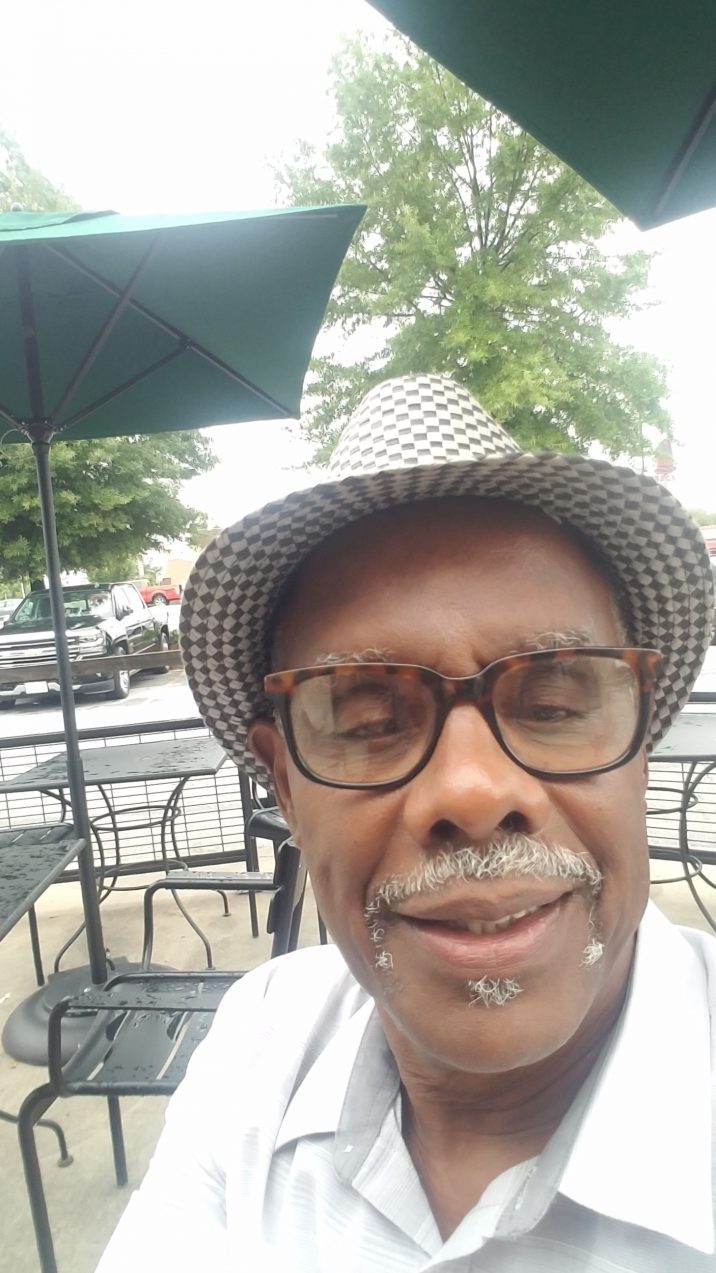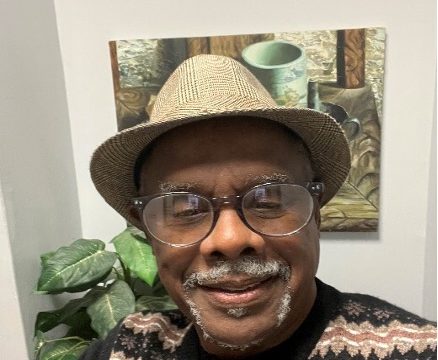

History, Black history in particular, has a way of sometimes sneaking on you, leaving our mouths ajar with an unsettling “what else don’t we know?” Which takes us to Gloria Richardson who died at age 99 in July.
Now let’s first acknowledge the prominent names of Dr. King., John Lewis, Malcolm X, W.E.B. Dubois – all men, incidentally – names that immediately come to mind in conversations about key players in the struggle for civil rights in America. And deservedly so.
But who was this Gloria Richardson and where does her story fit in African American history? Well I came across a casual mention of her passing from one of several publications I read on daily basis. That curiosity took me to my usual sources of information: history books, Wikipedia and NPR among them. Here’s what I was able to glean and assemble:
Gloria Richardson was a civil rights activist and founding member of the Cambridge Nonviolent Action Committee (CNAC) which galvanized the community of Cambridge, Maryland, in the fight against desegregation.
Until 1964, Black people could vote but public spaces such as schools, restaurants and cinemas were segregated. The Jim Crow laws enacted in the late 19th century had reversed progress and enforced paradoxical “separate but equal” racial segregation. The CNAC brought these critical issues to the fore and contributed to the eventual passing of the Civil Rights Act.
Oh, wait, from this point until the end of this narrative, think “herstory,” not “history” because Richardson’s story – an example of still another heroic Black woman in African-American history – is one that rarely gets told. Until they pass away that is. Now read on.
Gloria St Clair Hayes was born in Baltimore in 1922 and grew up in Cambridge, Maryland. She graduated from Howard University in 1942 and married Harry Richardson.
Chaired by Richardson and Inez Grubb, the CNAC held marches and demonstrations throughout 1962 and the following year, called for desegregation and equality of rights.
About Gloria Richardson, Dr. Peter Levy, author of Civil War on Race Street, said: “She defied the white power structure. They had always expected the Black leaders to hold the peace, hold the order. They’re saying, ‘OK, if you guys agree to call off your protest, we’ll negotiate with you. But Richardson said, ‘No, you’re not going to negotiate with us unless we’re on the streets, unless we’re marching’.”
Richardson, who was arrested three times, refused to condemn the violence that had become a feature of the demonstrations. She noted: “I am not saying that violence is necessarily the answer, but I am not condemning the violence. It is a residue of frustration.” Sound familiar? Yes. Years later Dr King said, “a riot is the voice of the unheard.” So for Richardson, the struggle had to take place both on the streets and in the council chambers.
Commenting on a now famous photograph (above) of her pushing aside a soldier’s bayonet, Richardson recalled: “We usually had something going on daily – demonstrations, marches, picketing – and when we were out that day, we heard what we thought were bullets and I was crossing to find out what happened.”
On July 18, 1963, following a week of demonstrations, the state governor declared martial law and brought in troopers to quell the uprising. Just five days later civil rights leaders, including Gloria Richardson, signed the Treaty of Cambridge, in the presence of US attorney general Robert Kennedy, calling for the immediate desegregation of all public spaces in Maryland.
At a national level, the March on Washington for Jobs and Freedom in August brought as many as 300,000 people to the capital, demonstrating for civil rights across the country. It was there that Martin Luther King gave his “I Have a Dream” speech, calling for equality and freedom. Success for the campaigners came in the form of the landmark Civil Rights Act of 1964, signed into law by President Lyndon Johnson in July.
Wrote Joseph R. Fitzgerald, PhD, author of The Struggle is Eternal: Gloria Richardson and Black Liberation, “this nation can never be a truly democratic one if any group’s rights are not protected and enforced, including their right to vote in free and fair elections. Our nation needs a strong, comprehensive, and nationally enforced voting rights bill. Anything less would effectively be a compromise on citizens’ rights, and that’s something Richardson would have never done.”
Who else don’t we know?
Well brace yourself because I just came across the name of one Lucille Times, whose violent encounter with a white bus driver planted the seeds for the Montgomery bus boycott sparked when Rosa Parks infamously boarded another bus in Montgomery a few weeks later. Times died from COVID complications on August 16 at the age of 100.
Who else don’t we know? Well, stay tuned!
© Terry Howard is an award-winning writer and storyteller, a contributing writer with the Chattanooga News Chronicle, The Douglas County Sentinel, The American Diversity Report, The BlackMarket.com, co-founder of the “26 Tiny Paint Brushes” writers’ guild, and recipient of the Dr. Martin Luther King Leadership Award.


